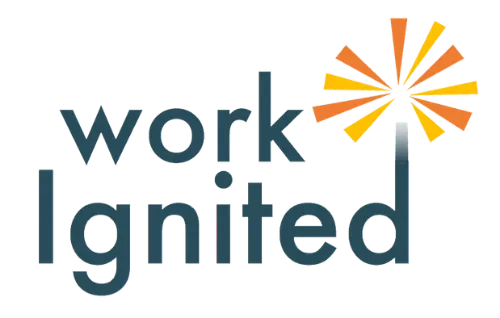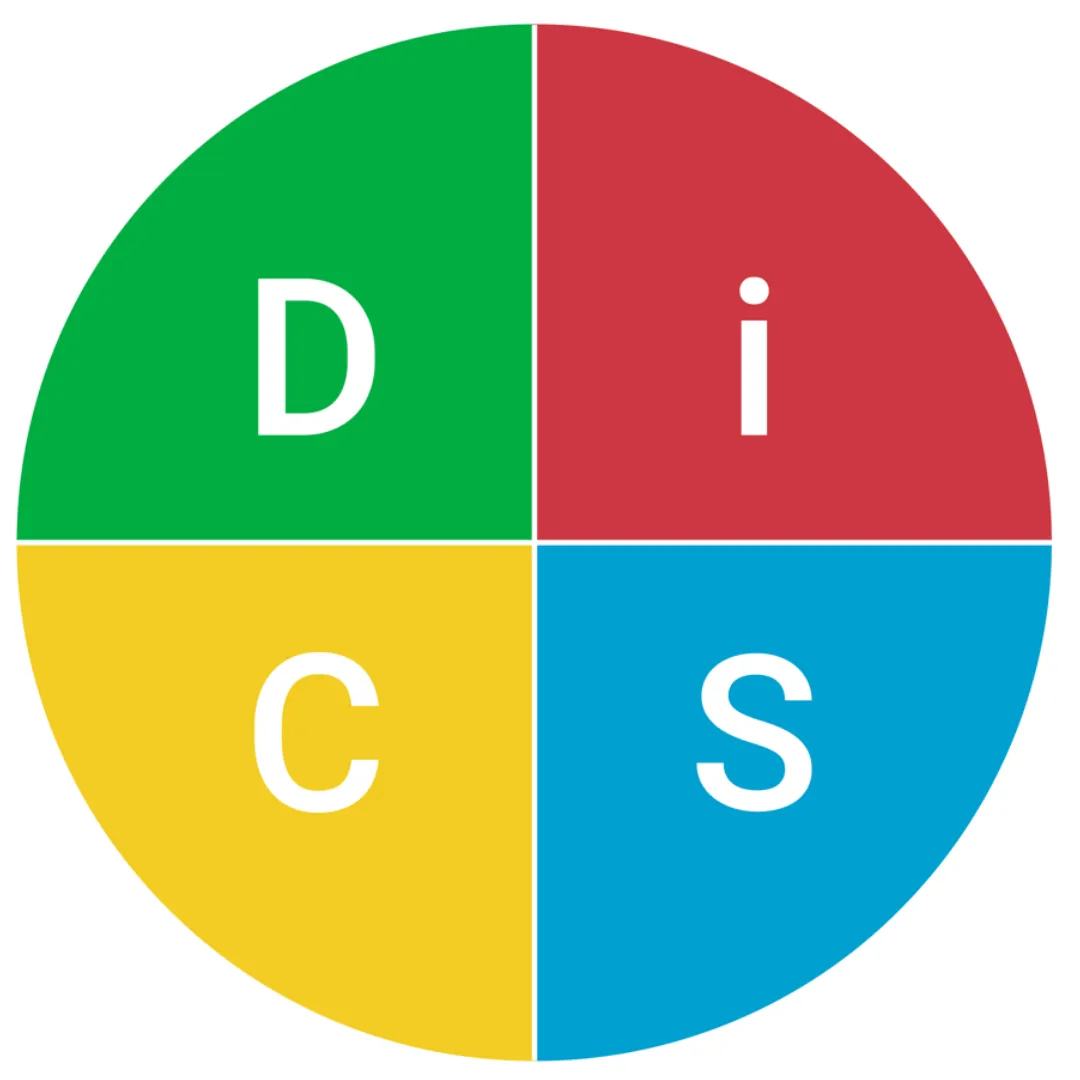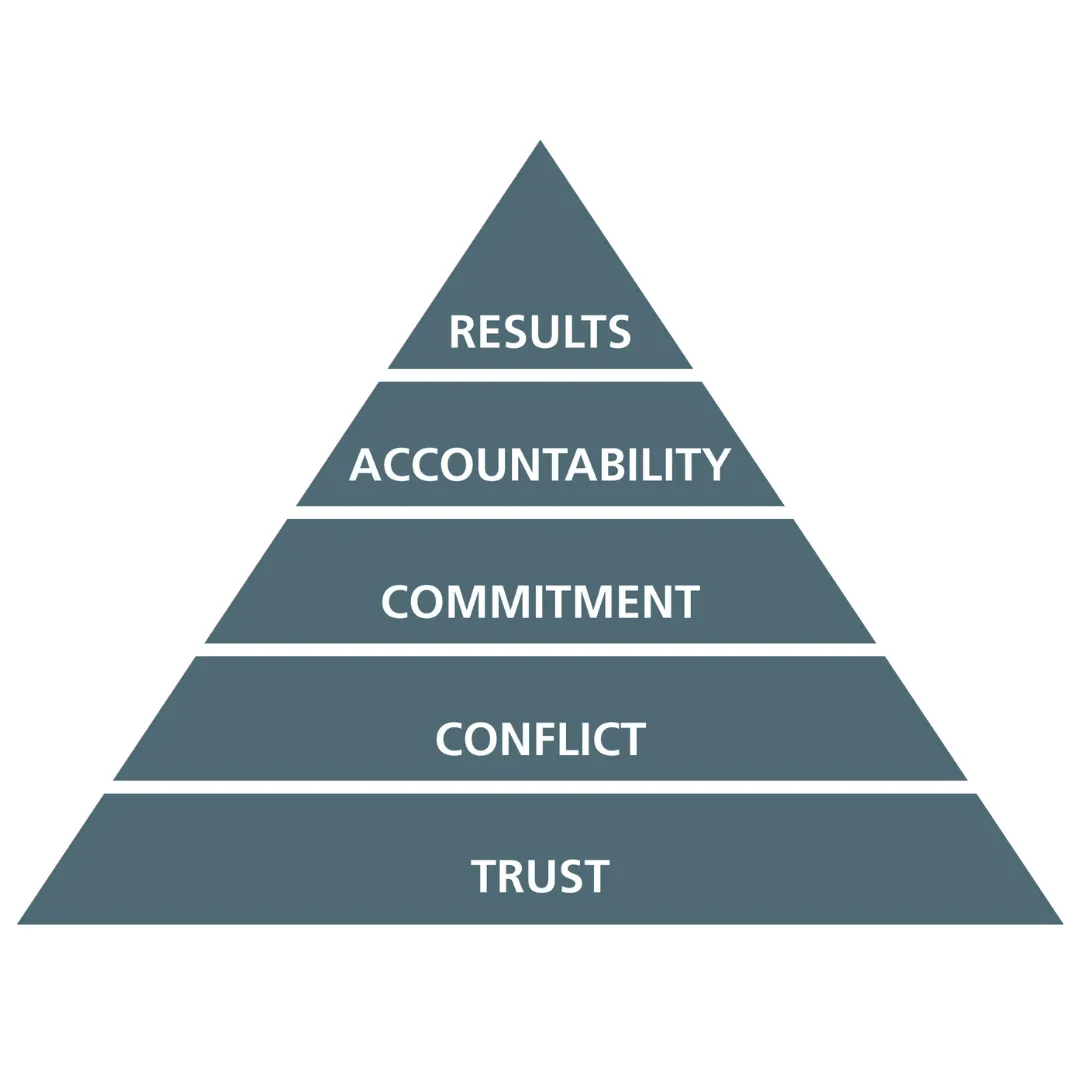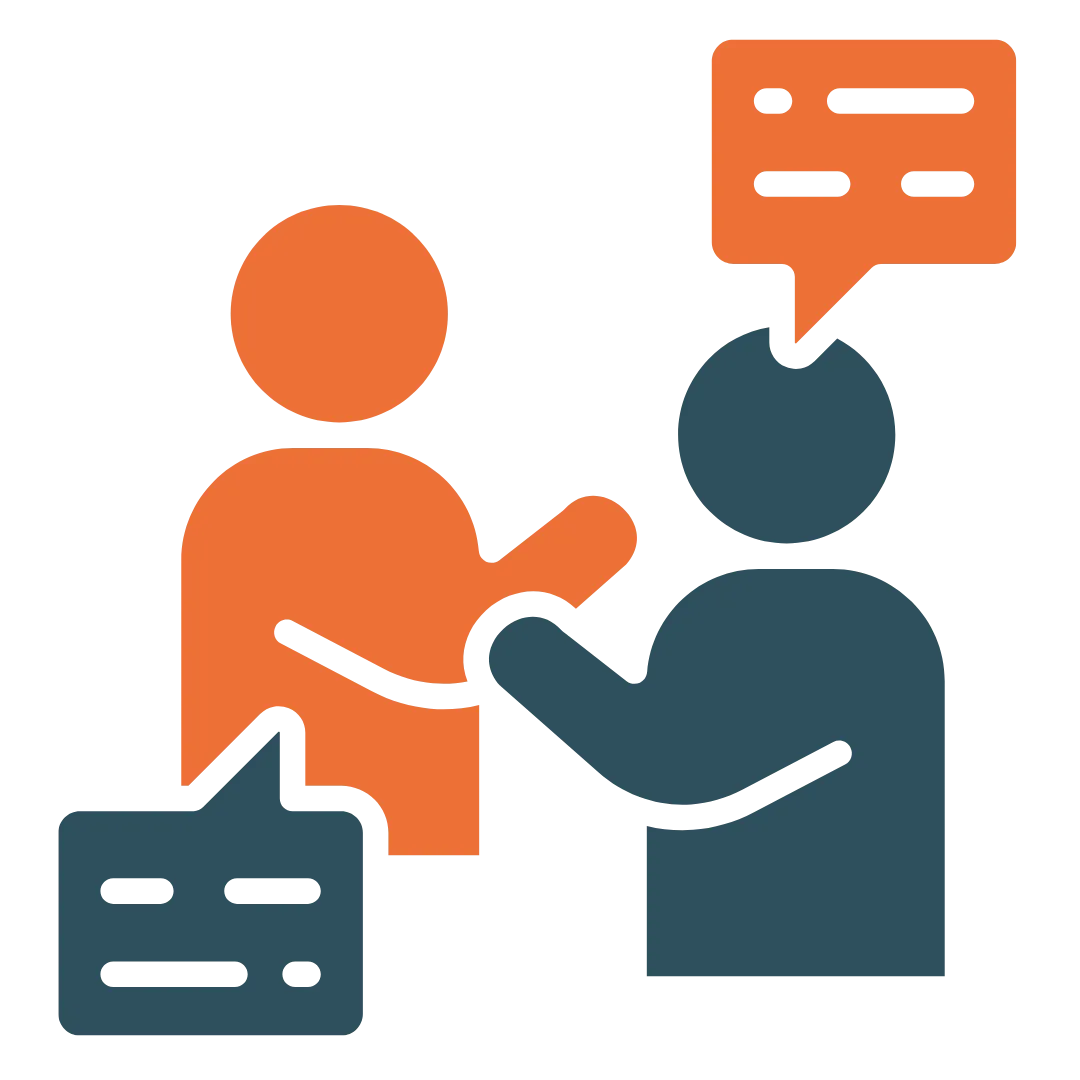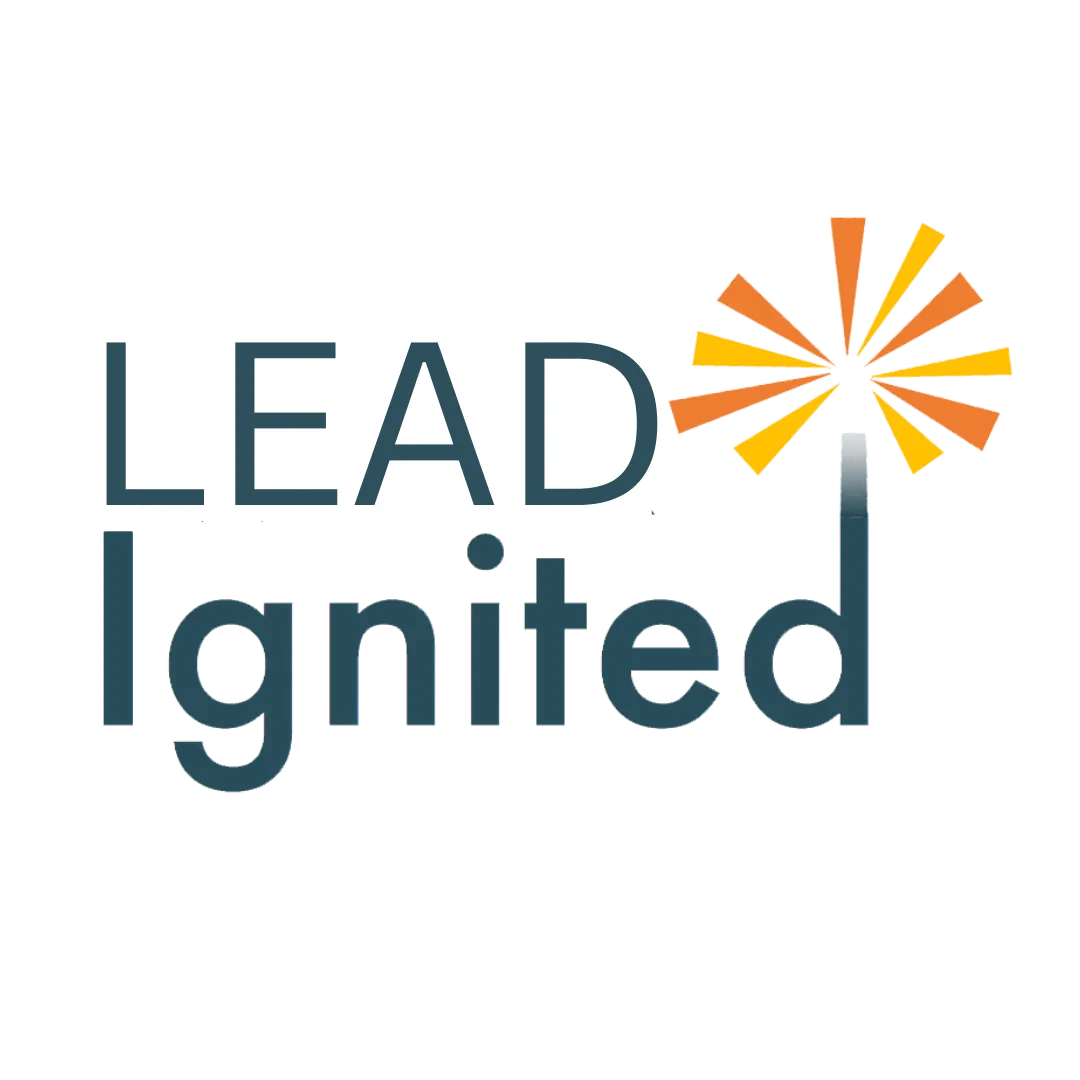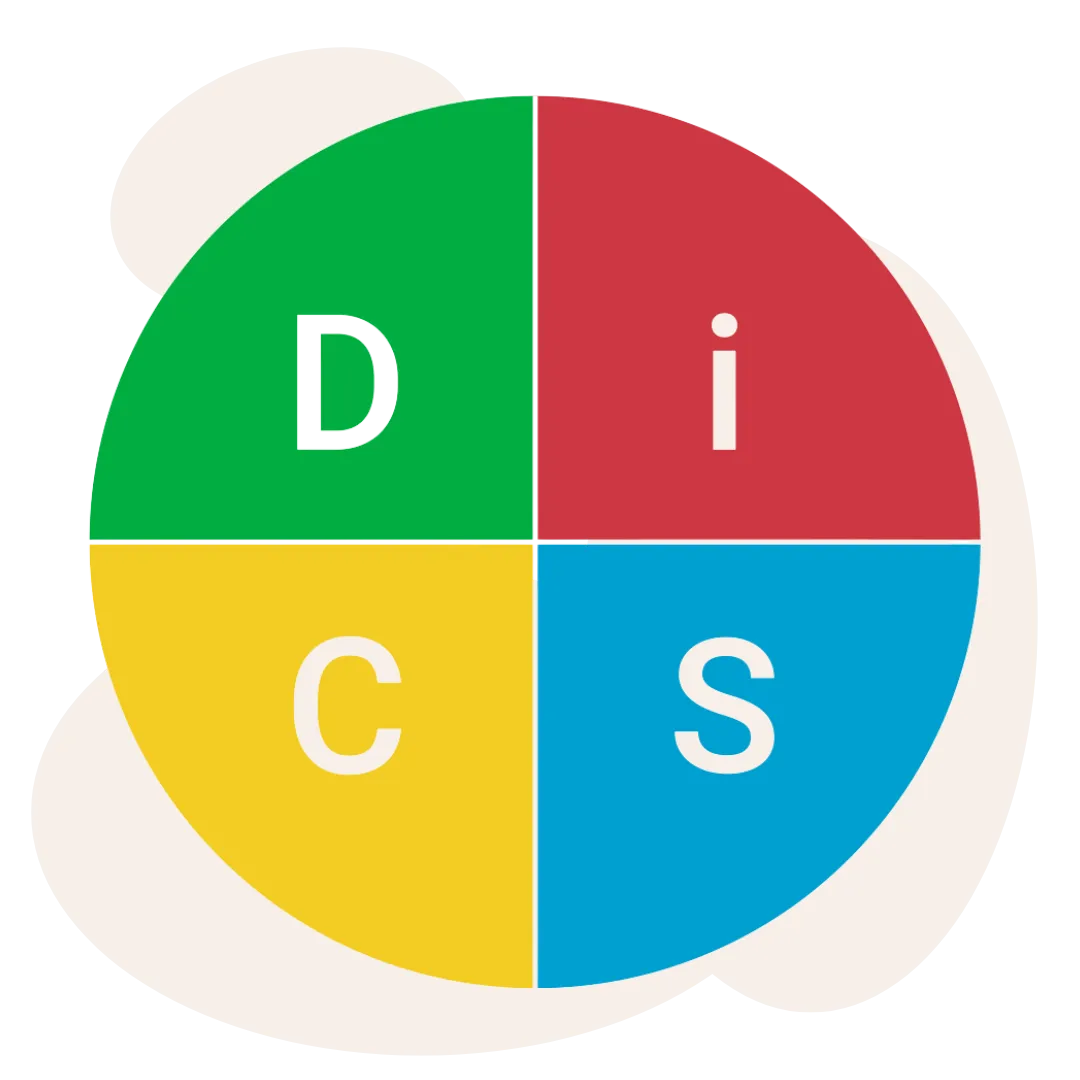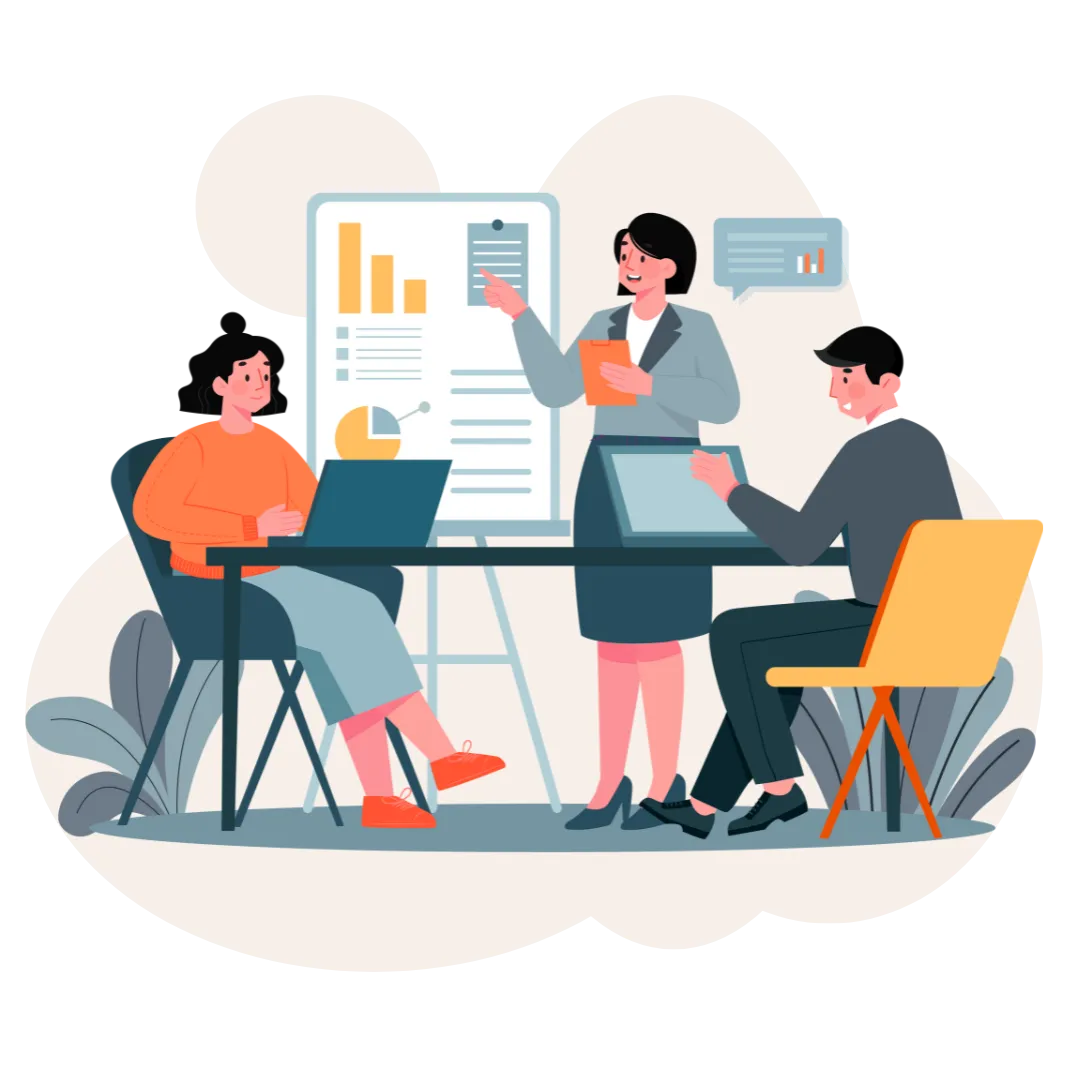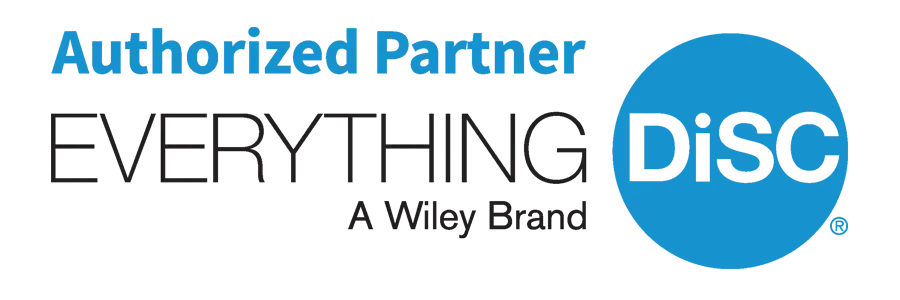Simple solutions to build teamwork with one department or your entire organization.
Whether you're looking for a facilitator, Five BehaviorsTM Certification, or just to purchase the facilitation resources for your own do-it-yourself programs, our solutions are easy-to-administer and easy-to-afford.
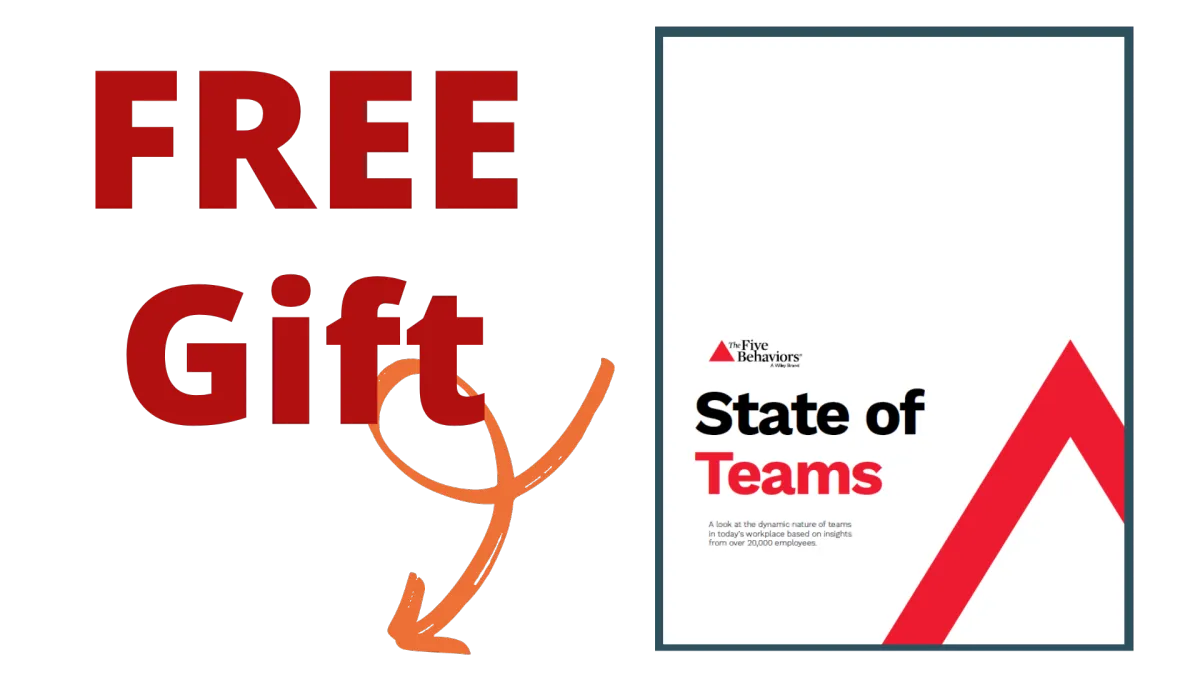
The State of Teams
See what employees fear about post-Covid teamwork.
Identify how team members waste 7 hours every week due to lack of teamwork.
Learn a simple model for evaluating and building team skills.
Everything you need to build a stronger team!

Five Behaviors Profile
Measure your team's strengths and identify areas for improvement. Then, see how you contribute to the team's cohesiveness. You can even see how your Everything DiSC style can help or hurt your team.

Team Building Facilitation
In person or virtual, our team building sessions are interactive, engaging, and insightful. Your team will strengthen trust and develop real frameworks for managing conflict, building commitment, and achieving shared results.

Turnkey Facilitation Tools
Scripts for virtual and in-person sessions, engaging video featuring Patrick Lencioni, Power Point presentations, and certification programs make it easy to facilitate impactful team building sessions.
Your Teambuilding Toolkit

Five Behaviors for Teams
Use data collected from a team survey to identify ways to improve trust, build healthy conflict and commitment, develop peer-to-peer accountability, and focus on shared results.
Team member will see how their DiSC styles contribute to and perhaps, hinder teamwork.
A follow up survey creates a Progress Report to build accountability for change.
This version is best used for intact teams and is designed to be used over three-to-five team sessions.

Five Behaviors Personal Development Profile
Help one individual or your entire organization learn about the five behaviors that lead to being a strong team player.
Our Facilitation Materials make it easy to lead a virtual or in-person workshop where individuals gain self-awareness of their strengths and how they can contribute to strong levels of trust, healthy conflict, commitment, accountability, and shared results.

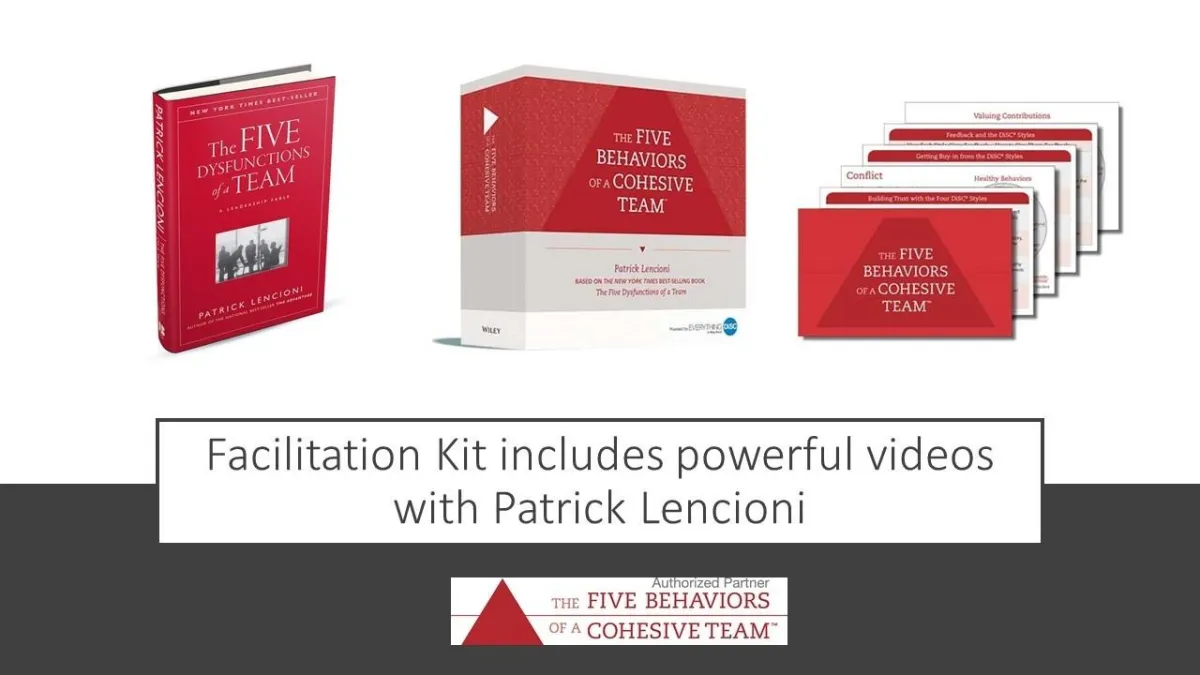
Facilitation Kit
Get the tools you need to lead dynamic team building sessions. Fully scripted sessions, engaging video featuring Patrick Lencioni, and interactive activities are right at your fingertips.
We'll even meet with you to review your team's data and map out a series of activities to achieve your goals.
Need ideas for your team building event?
Schedule a call with us. We'll discuss what's working and what's not. Then, we'll recommend
activities to help you achieve your goals.
Click the images below to achieve your goals.

Assessment
Solutions
Explore our assessments for candidate screening, development, team building, succession planning, and more.

Fabulous
Together
Give the women in your organization the coaching, confidence, and connections they need to have successful careers and a fabulous lives.

e-Learning
Made Easy
Create an amazing learning experience
whether your team is
at the office, at home, or on the go.

Lead
Ignited
Be the best leader you can be
with this award-winning
learning opportunity.

Collaboration
Breakthrough
Create a workplace you love with our best-selling book, employee survey, and interactive team experience.

Coaching
Conversations
Replace your archaic review process
with an online system to
guide GREAT conversations.
Download the Best Interview Questions
for Virtual Job Candidates
Look who's using our assessments today:

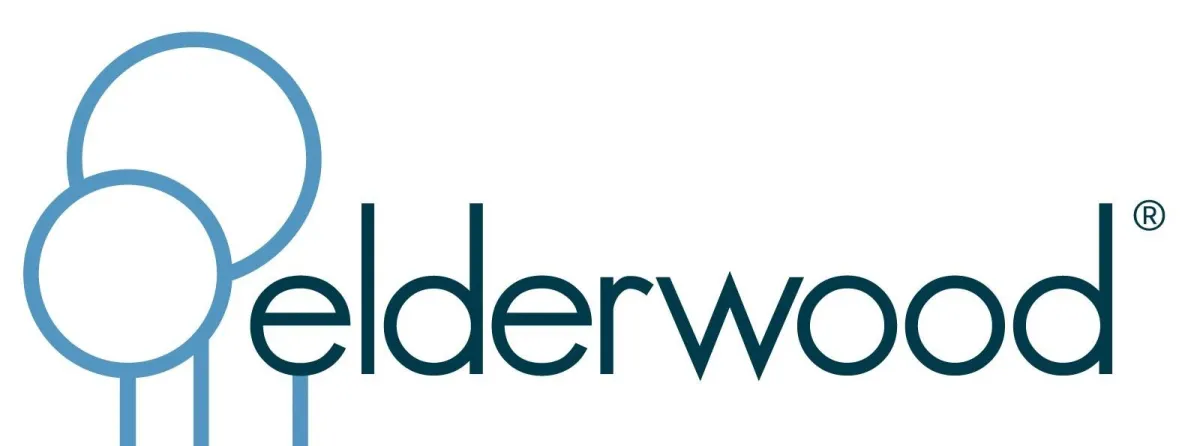




Check out our recent news and blog.

Fun Facts About AI
You can't go to a news site without seeing something about Artificial Intelligence. Some people love it. Some people fear it. For many people, it's just an unknown.
Wiley Publishing recently surveyed 7,000 professionals, both managers and individual contributors to understand their perceptions of AI. Only 8% of respondents said they were extremely or very knowledgeable about AI. Let's face it. It's new to many people.
In fact, when asked if their organizations were using AI, only one-third said yes. But, when specific examples or descriptions were provided, that number doubled as respondents recognized that AI isn't robots running around doing our work. AI drives your Netflix recommendations, Facebook algorithms, email filters, predictive text, chatbots, fraud detection, healthcare diagnosese, smart home devices, and even your GPS telling you to avoid a traffic jam.
Generally, men in Tech and Finance with higher education levels were more positive about AI, especially if they were in the C-Suite or IT. On the other hand, women were less positive about AI, especially those in the Arts & Non-Profits or Customer Success roles.
BIG OH NO!
The groups with the most negative attitude toward AI were Human Resources and Learning & Development Professionals!
Certainly, there are reasons to be concerned. AI could lead to more impersonal and less empathic approaches to employee relations. Relying solely on algorithms and data to make decisions might create less than optimal outcomes when it comes to more sensitive matters like hiring, promotions, or employee grievances. Data and privacy concerns are on everyone's minds. Perhaps HR pros are worried about job security - their own and the security of those employees they support.
But, we can't let fear hold us back from progress!
The more you know, the more you can contribute.
I'm a firm believer that the more knowledgeable you are, the more ideas you'll generate and the more confident you'll feel. So, here are some facts to boost your thinking:
At least one-third of workplaces are actively using AI in at least one business function. Furthermore, organizations are actively testing AI across a range of functions to understand its potential impact on performance.
The most common business functions using AI are service, marketing/sales, product development, supply chain, and manufacturing. HR and Finance seem to have the lowest adoption rates.
25% said budget constraints are a significant barrier to AI integration in their organizations. They fear that AI adoption will be complex, costly, and time-consuming. Couple that with the effort associated with getting buy-in from employees, integrating AI won't happen overnight.
The research also shows that when it comes to learning and development, people still crave human interaction.
87% said they prefer professional learning to be developed and delivered by a subject matter expert.
59% said they prefer instructor led workshops, whether they are in-person or virtual.
On the positive side, 64% of L&D respondents were excited about the potential to use AI to automate administrative tasks. Not only will this improve their efficiency, but it increases their bandwidth to focus their efforts on more value-added activities like strategic thinking, problem solving, instructional design, facilitation, and learning application.
Want to start thinking about AI in L&D?
The powerhouse combination of artificial intelligence with your experience as a learning professional will have a profound impact on the people in your organization. Hop online and start doing some research:
How AI can create and support unique and personalized learning paths for your workforce - This means no more one-size-fits-all training modules. Imagine a world where each employee receives a customized learning journey, maximizing their potential and boosting overall productivity and personal growth.
How gamification creates learner engagement - Who says learning has to be boring? Inject an element of fun and competition into your learning programs with points, badges, leaderboards, Easter eggs, QR code scavenger hunts, and more.
How to use adaptive testing for feedback and assessments - Get fast feedback with quizzes, assessments, and 360's, all tailored to your organization's culture and your team members' unique needs.
How can Natural Language Processing simplify the learning process - Give your employees simple ways to interact with learning content and integrate it into the flow of work, making it as easy as getting advice from a colleague.
Think these are far-off, expensive ideas? They're not!
I have the tools right now to help you do all of these things! Email me at [email protected] to overcome your apprehensions about AI and get on the bandwagon to a more powerful future!
